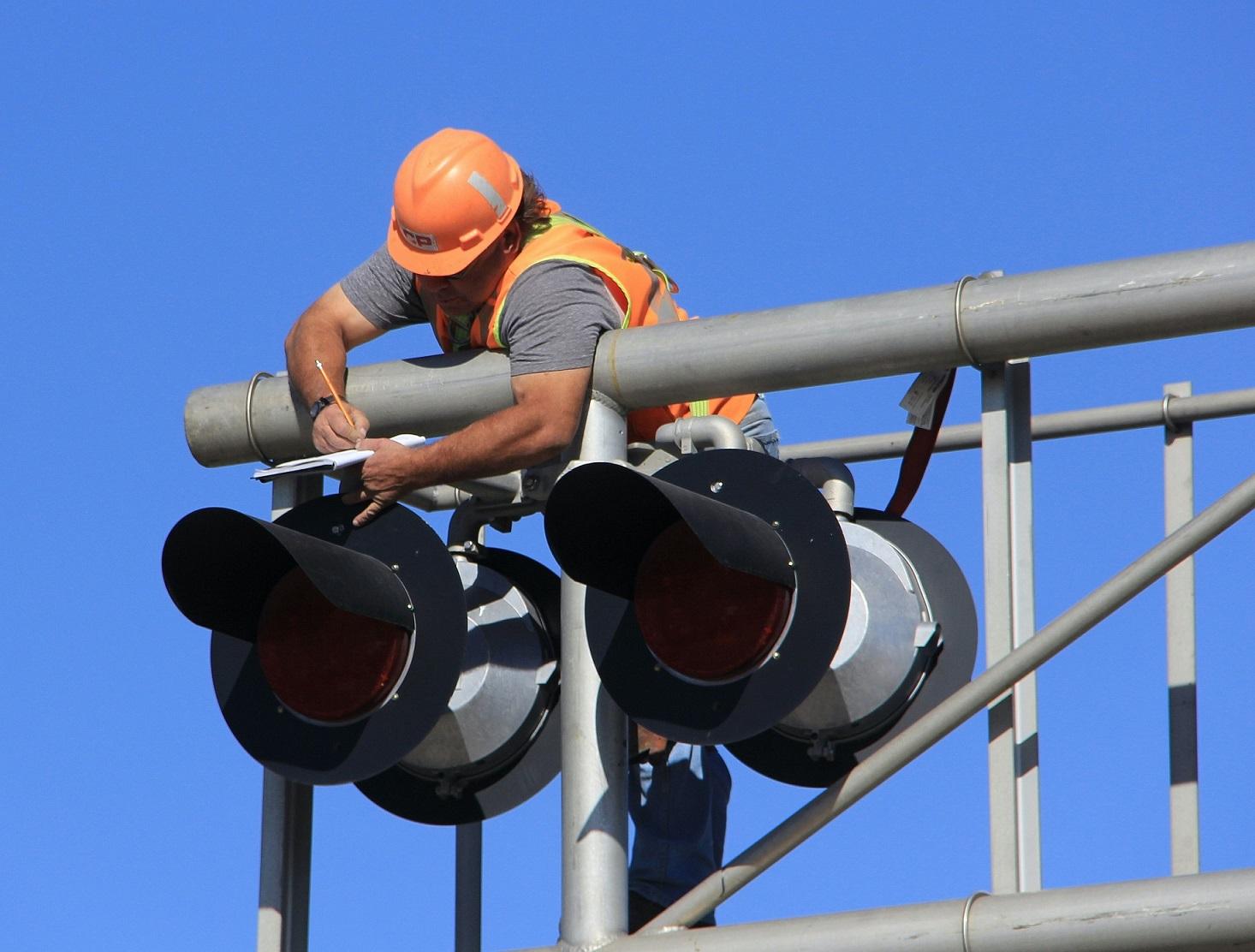CMMS is the acronym for Computerized Maintenance Management System. It is a software-assisted management method for a company’s maintenance departments. Maintenance covers all the operations of upkeep of a technical equipment.
 The industrial CMMS concerns :
The industrial CMMS concerns :
- preventive maintenance
- conditional maintenance
- corrective maintenance
What is the purpose of CMMS?
One of the primary functions of CMMS is to provide automated assistance to the management of maintenance in a company, in the following areas
- production,
- the operation of the equipment,
- financial management services. For example: management of fleet renewal (cars, machines…) and maintenance contracts…
Why implement a CMMS — Computerized Maintenance Management System?
Improper maintenance can result in costs related to:
- unplanned downtime,
- high repair times,
- overstocking or unavailability of spare parts,
- a lack of information on costs and repair activities.
On the other hand, efficient maintenance will be a source of profit.
It will improve the short- and long-term profitability of the company’s facilities and production performance.
What are the functionalities of a CMMS?
A CMMS aims to assist the maintenance departments of companies in their missions. Thus, the functionalities of a CMMS cover most of the time :
- equipment management: equipment inventory, location, management of dedicated information by type of equipment: production, buildings, machines, vehicles, networks, computers, etc.
- maintenance management: corrective (work orders or maintenance orders) but also management of intervention requests to report an anomaly taken into account by maintenance
- management of the safety installations for maintenance work: consignment, centralization, safety authorization, deconsignment, etc., allowing optimal locking of an installation during maintenance operations
- inventory management: stores and warehouses, minimum and maximum quantities, replenishment, stock control, ABC analysispicking list, referencing and search, spare parts, supplier catalog, etc.
- Purchasing management: spare parts or services (subcontracting, fixed price or direct labour), quotation cycles, purchase requests, orders/receipts and supplier returns, invoicing, etc.
- personnel and schedule management: activities, jobs, workload planning, forecasting, timekeeping, etc.
- Cost and budget management: labor, inventory, purchasing, equipment rental, budget preparation, periodic monitoring, variance reports, etc.
CMMS also haveperformance indicators/KPIs. A steering cockpit and dashboards allow dedicated departments to manage maintenance activity, alerts, etc.
From CMMS to Enterprise Asset Management
The CMMS is often the only application in the company that “archives” the complete and technical description of all its equipment.
Thus, some CMMS have developed functionalities based on this knowledge of equipment, beyond pure maintenance processes.
We note, for example, the monitoring of certain regulations:
- the standard ATEX in the industry which regulates at European level the protection of workers in potentially dangerous areas,
- technical control of vehicles,
- material-vigilance in hospitals and healthcare institutions, which manages the monitoring of incidents or risks of incidents involving a medical device
And also, the management of certain business processes related to equipment:
- monitoring of consumption in transport,
- the management of plans in the building, …
Adding those functionalities pushed CMMS editors to develop EAM software — Enterprise Asset Management.
These EAM solutions combine systems, services and software to monitor/track assets and equipment that can be used well beyond the maintenance department.
Share the post “CMMS — Computerized Maintenance Management System — definition”
